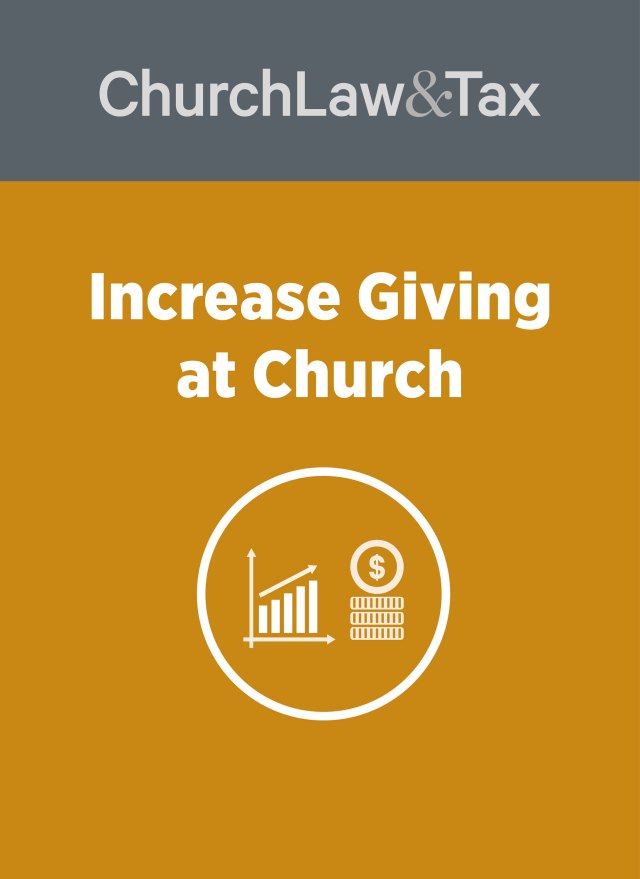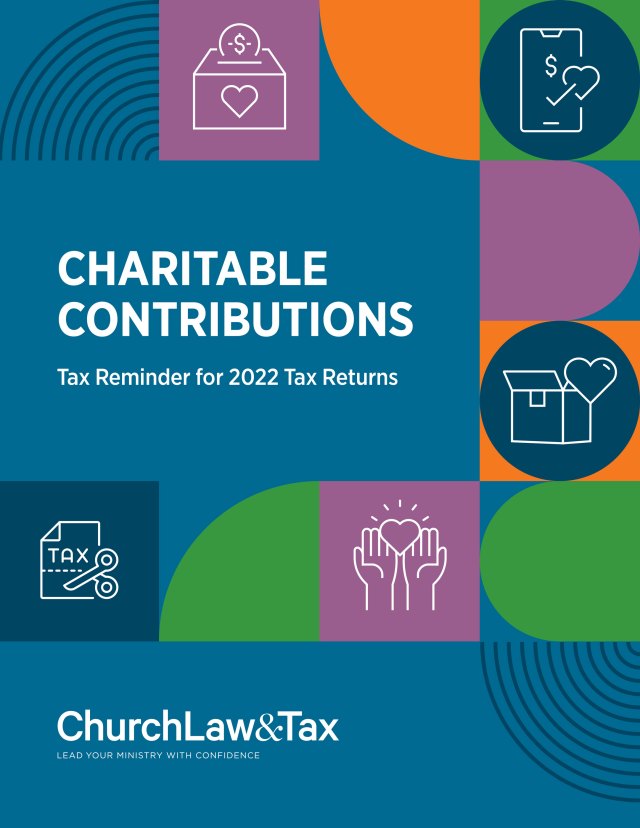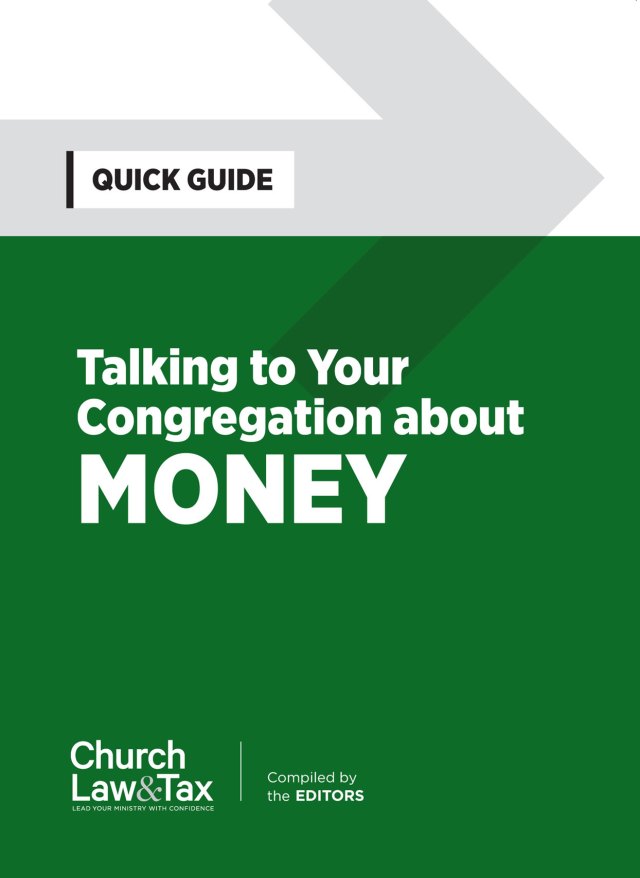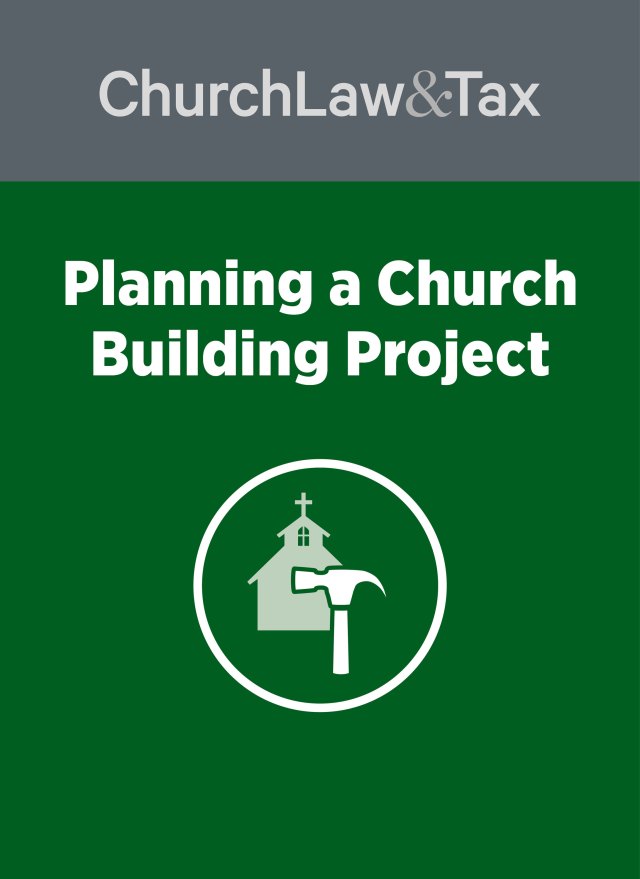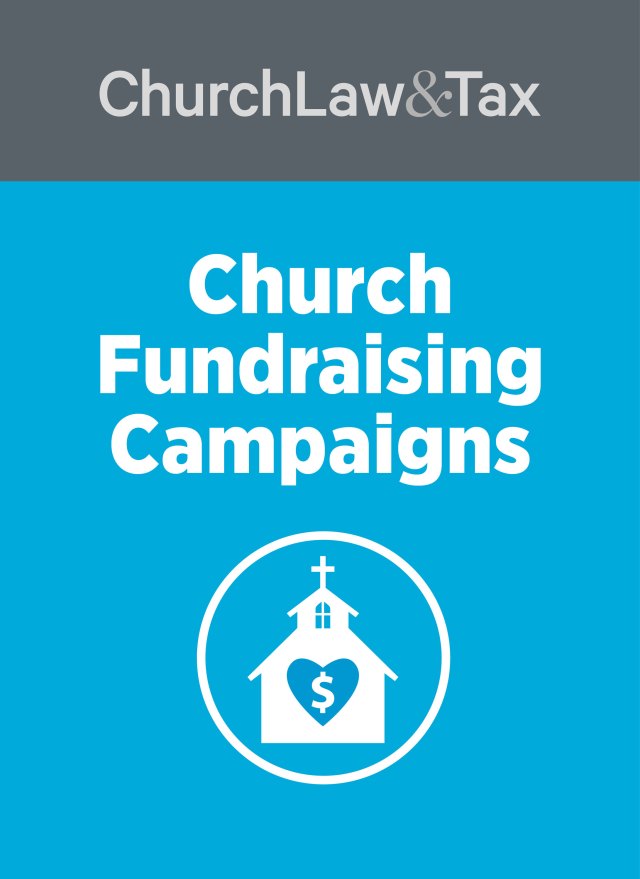Are there corporate or foundation grants available to fund your church building campaign?
There may be, depending on who you serve and how church facilities are used. Your best chance of securing this kind of funding is if your congregation is building or renovating spaces that are (or will be) primarily used for community ministry programs serving people from the larger community. These spaces are often multi-purpose—used by your church members on Sunday for spiritual formation classes or Sunday school, then used during the week, for example, for after-school programs or a health clinic.
Grants like this don’t replace the need for individuals in your church to support your building campaign. Grants might make up a third or less of total campaign support. Often, it is the last funding received—like the “frosting on the cake.” Most grants like this are local, so identify funders that give in your city or state to find ones that fit. Look for the grantmakers association in your state (at http://givingforum.org)—many of these groups produce indexes of grant opportunities by state or region. You will need to look at funders that make “capital grants” and that give in the program areas in which your church works (health, education, job training, and so on).
Some possible scenarios for capital grants:
• Construction of a youth center adjacent to, or connected to, the church. Community youth come to the facility to participate in an after-school program, arts activities, and social events;
• Renovation of a church basement that is used on weeknights for a homeless shelter. Foundation funds might be used for upgrading the bathroom facilities, replacing flooring and lighting, or reconfiguring the rooms so that participants have more privacy;
• Renovation of space within a church for a new pre-school or daycare center. Grants might be used to bring the space up to licensing requirements—adding bathrooms or sinks, for example, or required safety features.
Before you seek capital grants for your building project, prepare to demonstrate the following:
• Your congregation’s strong connection to the community and a track record in community ministry. Capital grants are usually made to established, successful programs. Show that you have been serving the homeless or neighborhood youth for the past 10 years, for example, with specific stories of how people’s lives have been changed. Support from neighborhood residents or organizations will also help;
• A clear plan for the building project. Funders will typically want to see blueprints, clear budgets, and a timeline for construction. They also want to see that any issues with the building site have been cleared up already;
• A clear fundraising plan for the building campaign. Corporate and foundation leaders want to see committed people in charge of the campaign, and a plan for how funds will be raised: timelines; who will be asked for money and how; and information on the fundraising professionals you will work with;
• An explanation of how the new space will help advance your mission and better serve the community. Show how more people can be served, for example, or how new programs can start. Use visual language to describe what will happen in the facility on given days of the week. If the funder came over at 4 p.m. on a Wednesday, for example, what would he or she see happening?;
• Documentation of the community’s needs or issues. What pressing challenges affect your community? Maybe it’s high unemployment or a low high school graduation rate. Show how the new space(s) you are developing will help address these needs.
Additional resources: Partners for Sacred Places—New Dollars, New Partners Program, http://sacredplaces.org
